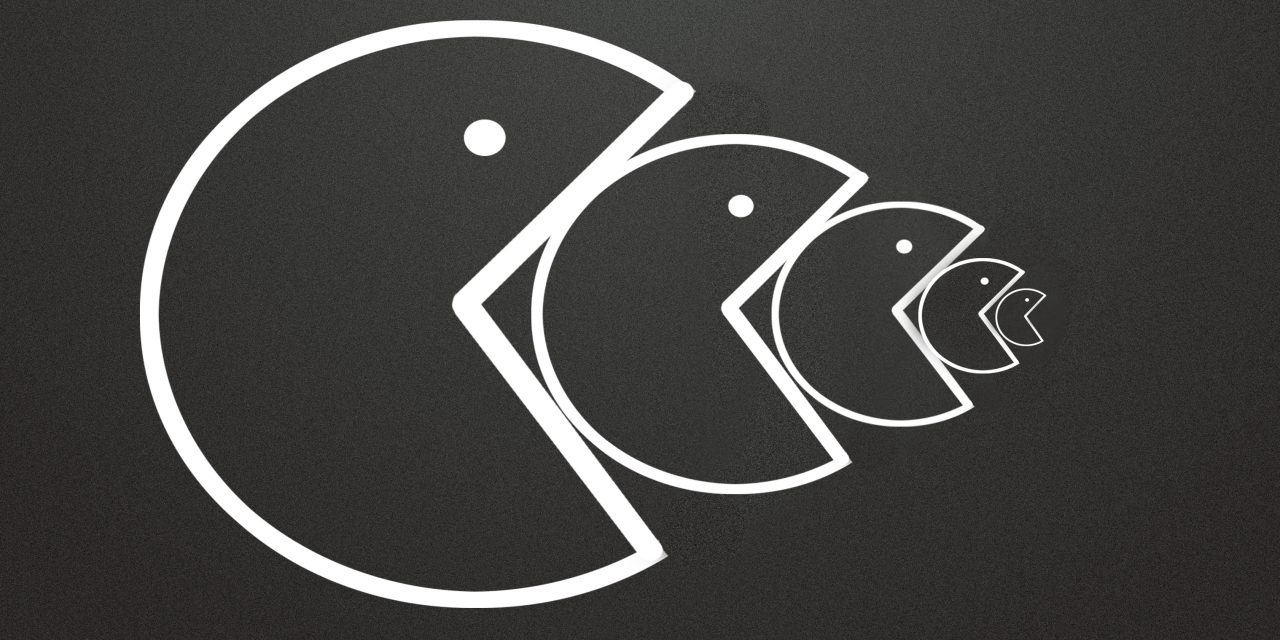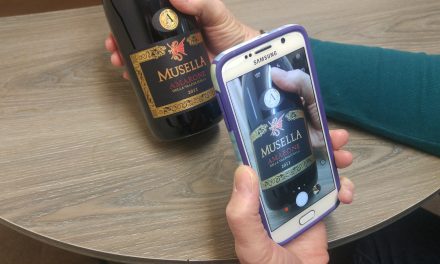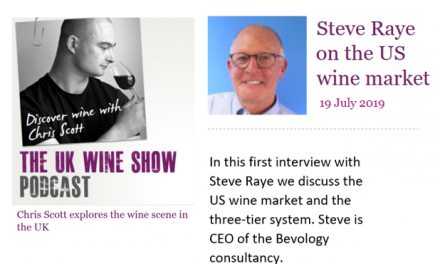The passage of BREXIT is shifting the attention of export wine and spirit brands to the U.S. market. This comes at a time when dramatic distributor consolidation has made it even harder than ever for brands to find a receptive ear.

Distributor consolidation in the U.S. challenges new brand entries.
However, when one door closes, a window opens, and that’s the key attitude prospective brands need to embrace when planning for U.S. market entry.
Yes, it’s true that consolidation is making it tougher for small and mid-sized “new” brands to get the attention of the big wholesalers. With distributors shedding more brands than they take in as they “rationalize” their portfolios, new brands now find themselves competing with established imported brands that already have existing U.S. volume and distribution looking for new homes.
As a result, we’re seeing some of the fallout from consolidation being an expansion of new options. Existing second and third tier and boutique wholesalers are redefining themselves as specialists. And importers are coming on the scene with a defined focus. Whether they’re concentrating on countries of origin, styles of wine, drink rituals or channels of trade, these wholesalers and importers are looking for brands that rise above the general din with positioning that appeals to a new customer base of engaged wine and spirits drinkers.
Indeed, what is clearly resonating with the innovator and early adopter drinkers in the under-36 crowd is brand authenticity. That’s a word that’s been bandied about and (pardon the pun) given a lot of lip service. The truth is it is an absolutely critical component and a common ingredient in successful new brand introductions. Consumers want to know the brand’s story, and it has to be something they can discover and share with their network of like-minded peers.
Authenticity can be a function of legacy or heritage (of an old recipe rediscovered, for example, or an old distillery revived). It can also be something new…e.g. a creative spin on something previously taken for granted. Rutte Gin’s celery base puts a modern spin on an old Dutch brand. Rosé’s renaissance began in the Hamptons and has now spread globally. All have been driven by the power of word of mouth via social media… friends telling friends “Hey, have you heard about the new XYZ?”
So our message to brands looking to crack into the U.S. market: Think beyond how great your wine or spirit tastes, and focus instead on a message that matters to them. What makes your brand unique; what gives it a Point of Difference that Makes a Difference.
Then you’re in a position to take that out to the changing universe of importers and distributors and offer something that really is new and remarkable.









